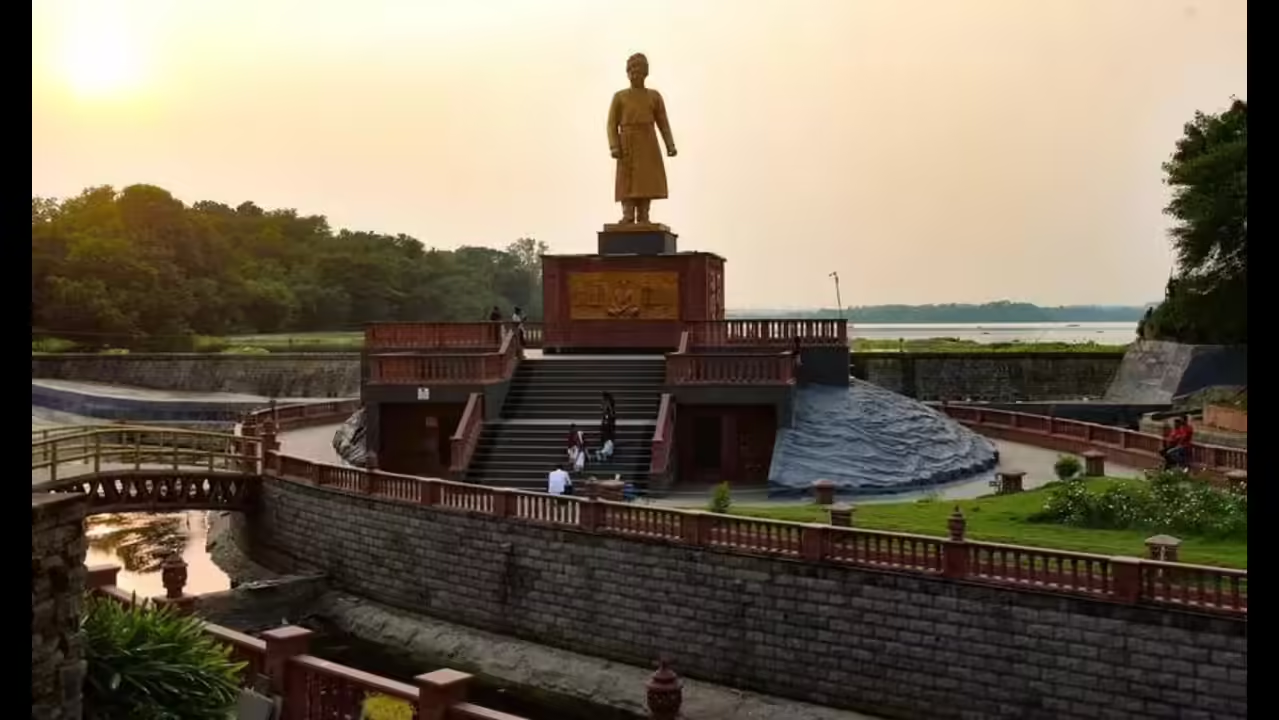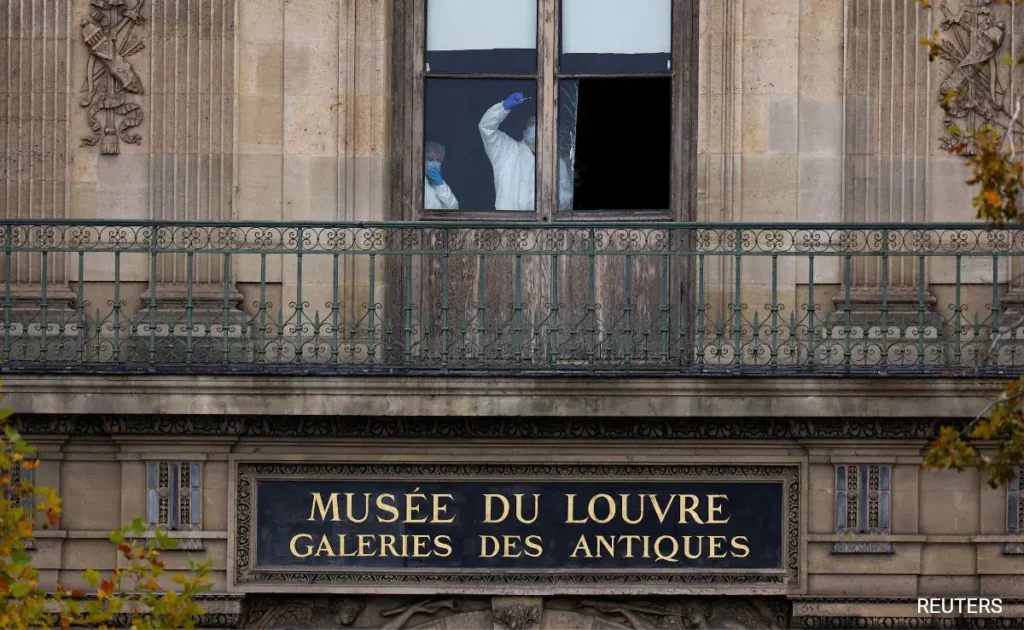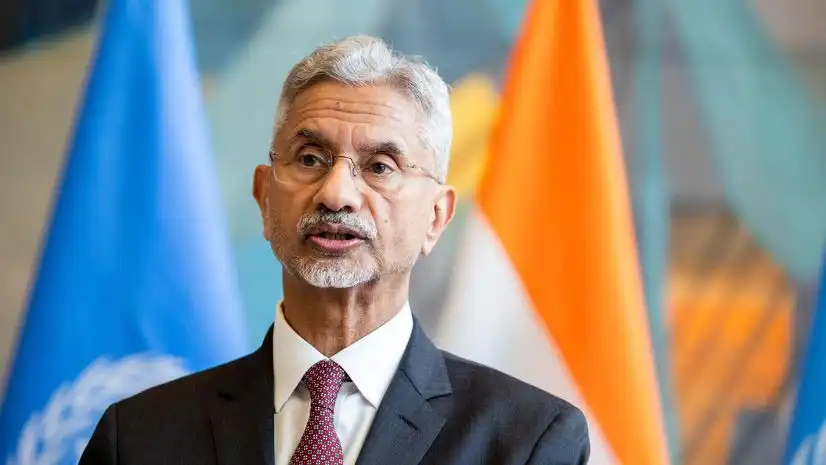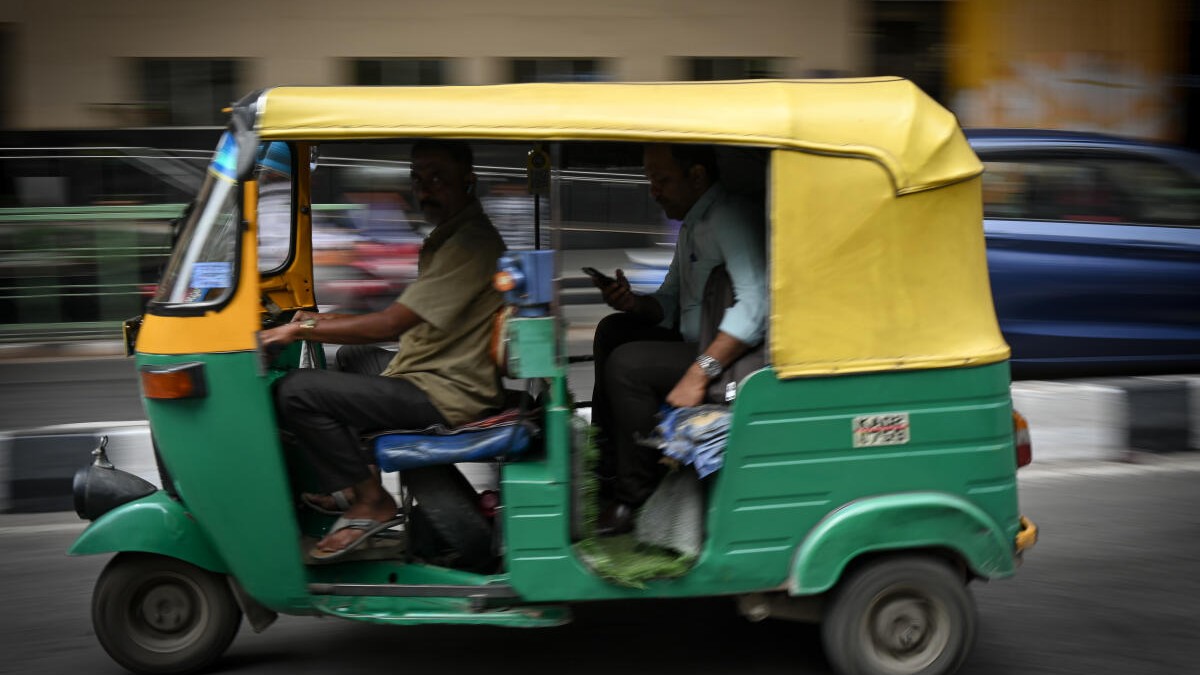Now Reading: Nagpur Civic Body Under Fire for Installing Vivekananda Statue Without Irrigation Dept Approval
-
01
Nagpur Civic Body Under Fire for Installing Vivekananda Statue Without Irrigation Dept Approval
Nagpur Civic Body Under Fire for Installing Vivekananda Statue Without Irrigation Dept Approval

The Nagpur Municipal Corporation (NMC) has come under judicial scrutiny after it was revealed in the High Court that it did not obtain mandatory clearance from the irrigation department before installing a statue of Swami Vivekananda near Ambazari lake. The issue has sparked questions about procedural lapses and environmental safeguards in civic development projects.
Statue Erected Without Clearance
The statue, installed near the ecologically sensitive Ambazari lake, was part of a beautification initiative. However, during a hearing, the Maharashtra irrigation department informed the High Court that it had not granted permission for the structure. This has raised concerns over whether the NMC bypassed necessary legal and environmental protocols.
Legal and Environmental Implications
The area around Ambazari lake falls under regulatory control due to its proximity to a water body. Any construction or structural activity in such zones typically requires prior approval from the irrigation department to ensure that it does not harm the water ecosystem or obstruct drainage patterns.
Environmental activists have also voiced concern, arguing that civic bodies must lead by example in adhering to legal norms, especially in regions prone to waterlogging and seasonal flooding.
NMC’s Response and Public Reaction
The NMC has not yet issued a formal clarification on why the required permissions were not sought. Citizens in Nagpur, particularly those in nearby localities, are now questioning the transparency of civic decision-making and the lack of inter-departmental coordination. Some residents, while appreciating the cultural value of the statue, believe rules should not be ignored.
Wider Impact on Tier 2 Cities
This case sheds light on a broader issue faced by many Tier 2 cities—rapid urban development often outpaces regulatory checks. As cities like Nagpur expand public infrastructure and beautification drives, the need for strict adherence to environmental and administrative guidelines becomes critical to avoid long-term consequences.
Need for Streamlined Approvals
Urban planners argue that such lapses can be prevented with better coordination between municipal corporations and state departments. Digitising the clearance process and enforcing real-time monitoring could ensure compliance and prevent legal disputes that delay public projects.
Conclusion
The controversy surrounding the Vivekananda statue installation in Nagpur is not just about one civic error—it reflects the growing tension between development and due process in India’s emerging cities. As the High Court continues to hear the matter, the outcome could set an important precedent for how public projects near sensitive zones are managed going forward.






















